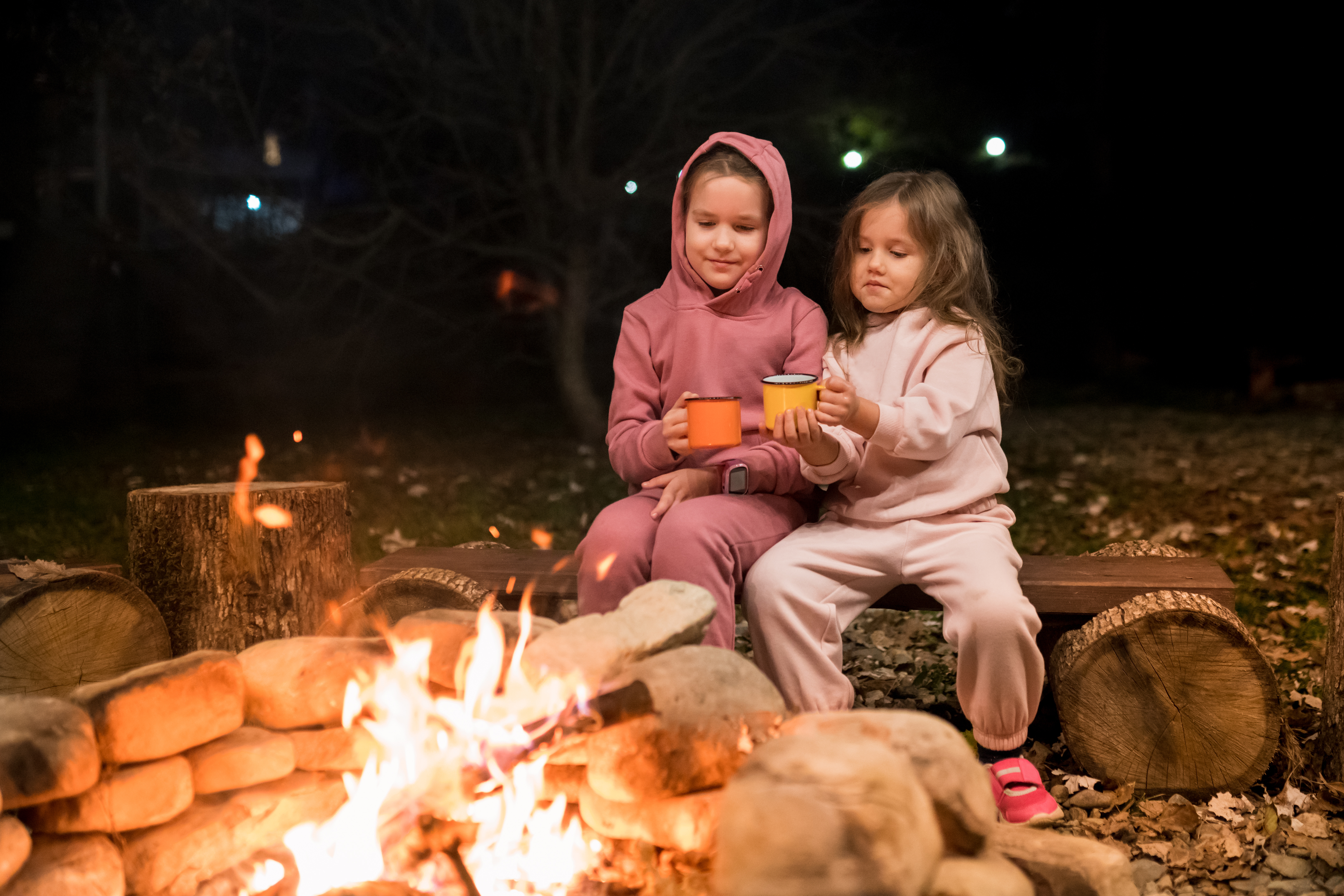Campfire classics: Make the perfect Milo!
Experience the warmth and satisfaction of making Milo over a campfire! Scouts will learn fire-building skills, practice safe cooking techniques, and enjoy a delicious, customisable hot drink prepared using a traditional billycan and tripod. It’s a perfect mix of skill-building and tasty rewards.
Before you begin
- Use the safety checklist to help you plan and risk assess your activity. Don’t forget to make sure all young people and adults involved in the activity know how to take part safely.
- Make sure you have enough Leaders. You may need some parents and carers to help if you’re short on Leaders.
What you will need
- Campfire
- 4 x Wooden Spars
- Rope
- Billycan
- Milo
- Milk
- Sugar (optional)
Build your tripod
- Lay the three poles alongside each other, making sure the butt ends are lined up evenly, and tie a clove hitch to one of the outside poles.
- Wrap the short end of the rope around the long part several times to lock the clove hitch in place. Then wrap the long end of the rope around the poles six to eight times, laying the turns of rope neatly alongside one another.
- Make two tight fraps (turns around the wrap to pull it tighter) on either side of the center pole.
- End with a clove hitch around an outside pole.
- Spread the posts of the tripod into position, crossing the outside poles under the middle pole.
Prepare your campfire
- Build your campfire between the tripod legs. Keep the fire centered at a safe distance from the legs.
- Make sure the place you choose is safe and accessible for everyone, and that you’re able and allowed to build fires there.
- Refer to our Build a Campfire activity for more information on how to build your campfire safely.

Prepare your Milo
- Assemble your ingredients. This is the basic Milo recipe. Make it according to package directions, or customise it to fit your personal taste.
- Milo does not dissolve well in cold milk so most Milo preparations begin with hot water. Fill your Billycan with water until it just begins to steam.
- Add Milo powder to your Billycan and stir thoroughly. The package directions call for 3 tablespoons, but many Milo drinkers like to use a lot more, depending on personal taste. Begin with 3, and see how you like it. You can always add more powder later, or make it stronger next time.
- Carefully remove your billycan from the tripod, and pour your Milo into your mug.
- Cool off your Milo and enjoy! You can add a few tablespoons of cold milk to your Milo to cool it off and create a creamier texture. You can also drink it plain, just be sure to let it cool off a bit.
- Customize your Milo recipe. Many people like to add additional ingredients to their Milo concoctions. Try the basic recipe first so you know what you’re starting with, and then experiment with your recipe the next time around.
- Add one teaspoon (or more) of sugar to the mug before you add the milk for a sweeter drink.
- Add one teaspoon (or more) of cocoa powder or chocolate syrup for a stronger chocolate flavour.
- Substitute hot milk for the water for a creamier drink. Heat milk in your billycan until it just begins to bubble, then add your milo.
Change the challenge level
Patrols can talk about the shape of fire they’d like to build before they build their own. The people leading the activity could collect or buy firewood before the activity. They could even lay it out randomly within the area so people can still collect and sort wood without having to venture as far to search.
Make sure the area where people search for firewood is accessible to everyone. If you need to.
Reflection
This activity was a chance for everyone to find out about and develop the skills to build a fire. Sit around the fires and talk about the different steps of building a fire.
Don’t forget to keep an eye on the fires, and add more wood as needed.
- How do you make a safe campfire?
- Do you just pile wood in a heap and hope it works? No, that’s because building and lighting a fire is a skill that takes practice.
- Can anyone remember the name of a common type of fire?




